Table of Contents
Incorporating indoor plants into your décor not only livens up your space with texture, color, and height, but many species also improve air quality and well-being. The following 12 selections blend striking foliage and form with ease of care, making them ideal for both beginners and seasoned plant enthusiasts seeking stylish, low-maintenance greenery. Each plant entry includes a style note and essential care tip to ensure your leafy companions thrive in your home.
1. Fiddle-Leaf Fig (Ficus lyrata)
A design favorite for its dramatic, violin-shaped leaves and architectural silhouette—perfect as a statement piece in living rooms or offices. Fiddle-leaf figs thrive in bright, indirect light and appreciate watering when the top inch of soil feels dry, with monthly high-nitrogen feeds from spring through fall.
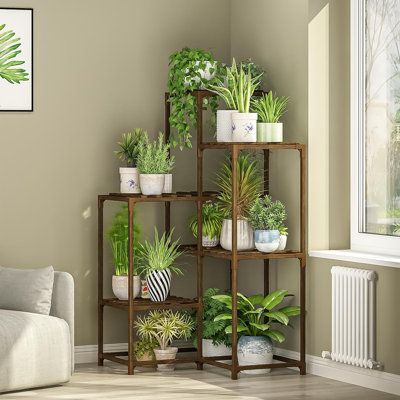
2. Monstera Deliciosa (Swiss Cheese Plant)
Known for its iconic split-leaf pattern, Monstera brings a lush, tropical vibe and works beautifully in modern, boho, or minimalist interiors. It prefers bright, indirect light and well-draining soil; water whenever the top few inches of soil dry out and fertilize monthly during the growing season.
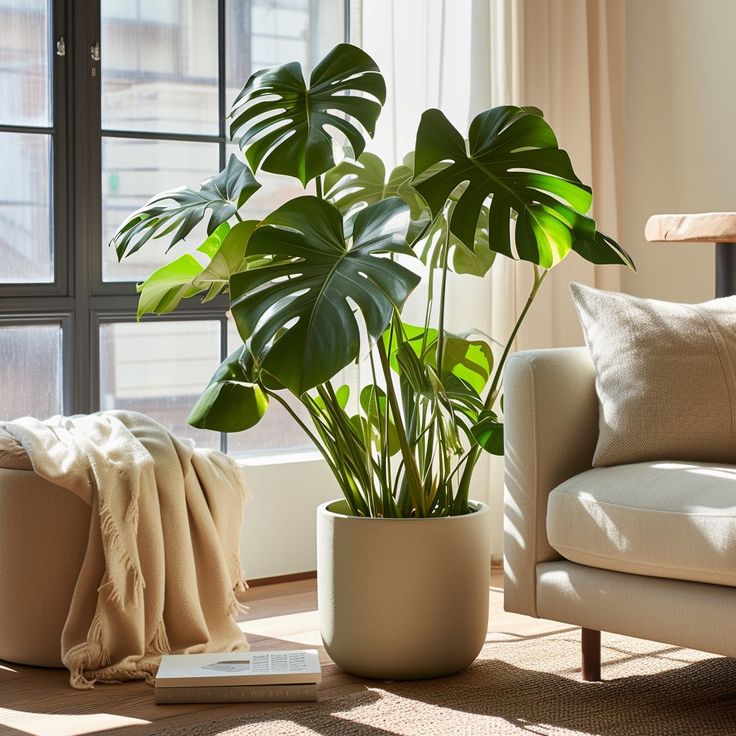
3. Snake Plant (Sansevieria spp.)
With its upright, sword-like leaves and bold striations, the snake plant adds sculptural interest and suits virtually any décor style. Extremely drought-tolerant, it only needs watering when the soil is completely dry—typically every two weeks—and will flourish in low to bright indirect light
4. Pothos (Epipremnum aureum)
This trailing vine, available in variegated greens and creams, softens edges of shelves and hanging planters with effortless drape. One of the easiest plants to grow, allow the top inch of soil to dry between waterings and feed lightly every 1–3 months for vigorous growth.
5. ZZ Plant (Zamioculcas zamiifolia)
Shiny, dark green leaflets on sculptural stems make ZZ plants an elegant, low-key accent for desks and corners. Store-water stems allow watering only every few weeks; avoid letting the soil become soggy and dust leaves occasionally to maintain their sheen.
6. Peace Lily (Spathiphyllum spp.)
Glossy leaves and white spathes lend a serene, minimalist look—ideal for bedrooms or bathrooms. Keep soil evenly moist (but not waterlogged), reduce watering in winter, and apply a half-strength fertilizer every two months for lush foliage and blooms.
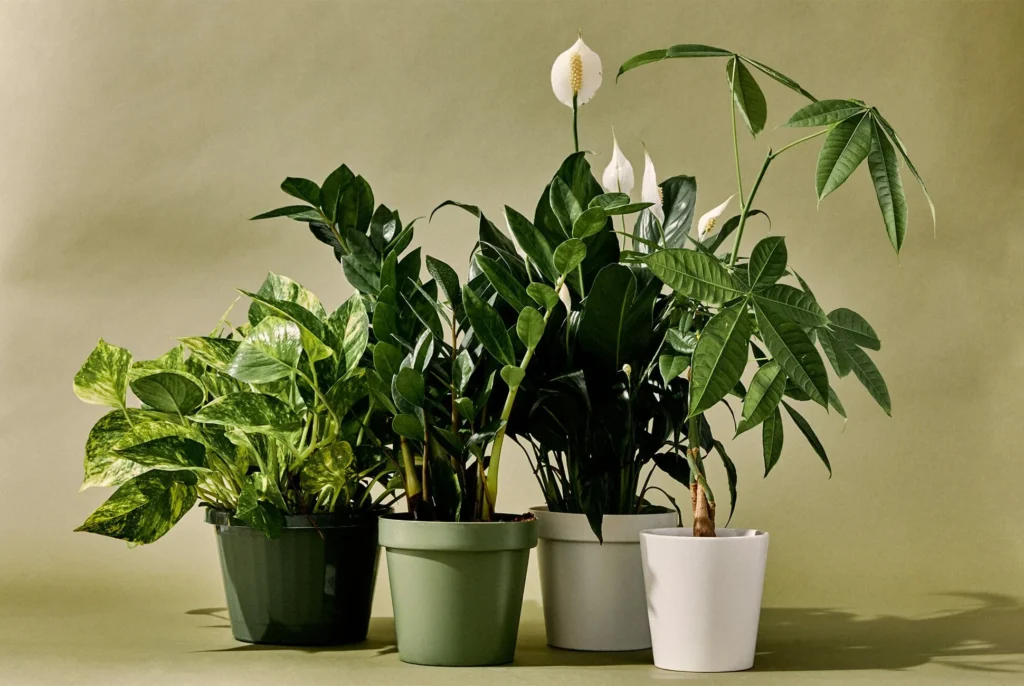
7. Rubber Plant (Ficus elastica)
Broad, glossy leaves in deep green or burgundy tones create a modern, tropical statement. Water when the surface feels slightly dry, feed every two weeks during active growth, and prune to control height—perfect for corners or entryway focal points.
8. Bird’s Nest Fern (Asplenium nidus)
With its ruffled, bright green fronds emerging from a central rosette, this fern adds organic texture—especially in bathrooms or humid kitchens. Maintain evenly moist soil (avoid pooling in the crown) and fertilize every 2–4 weeks during spring and summer for best results.
9. Calathea (Prayer Plant)
Variegated foliage in stripes, dots, or feather-like patterns makes Calathea a striking desk or tabletop accent. Keep soil evenly moist (using filtered water to prevent leaf brown tips) and fertilize monthly from spring through fall; its leaves also perk up more in higher humidity.
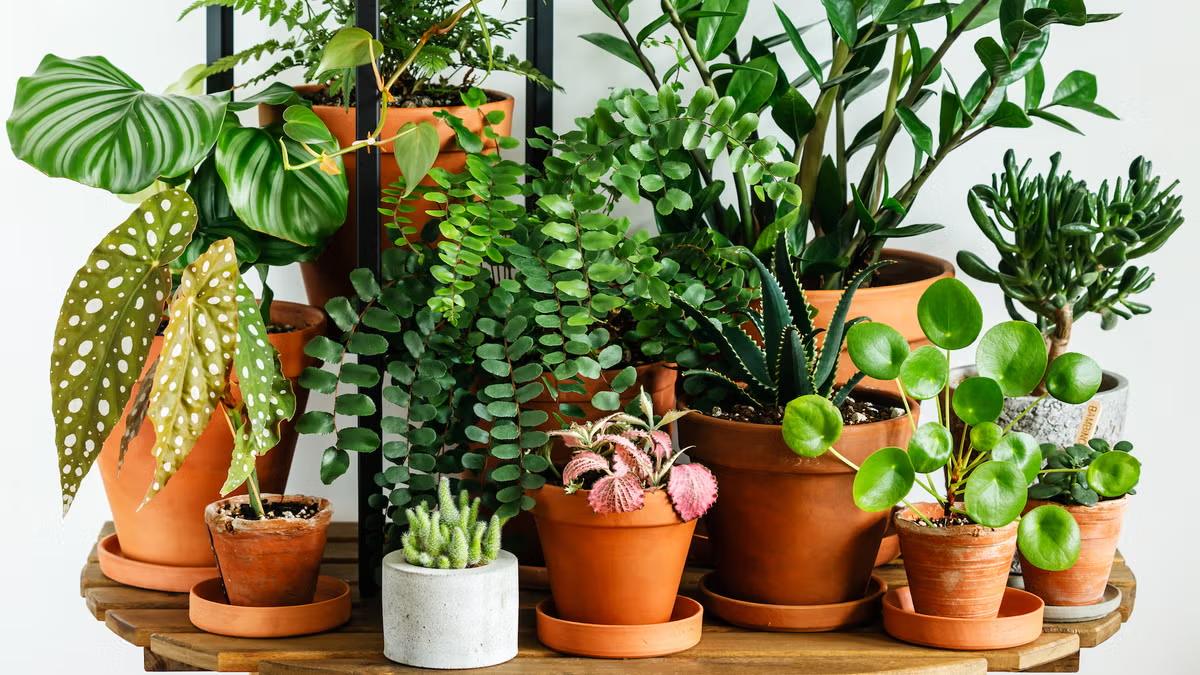
10. Chinese Money Plant (Pilea peperomioides)
Rounded, pancake-shaped leaves on long petioles offer a sculptural, mid-century modern look. Thrives in medium to bright indirect light; water when the top soil nearly dries out, repot in spring as needed, and fertilize monthly during the growing season.
11. Aloe Vera
Architectural, fleshy leaves with serrated edges serve as both décor and handy first-aid—slice fresh gel for minor burns and cuts. Plant in a well-draining, sandy mix; water deeply but infrequently, allowing the soil to dry 1–2 inches down between watering.
12. Watermelon Peperomia (Peperomia argyreia)
With striking green-and-silver striped, round leaves, this compact plant is perfect for shelves or windowsills. Allow soil to dry slightly between waterings, fertilize monthly during the growing season, and enjoy its slow but steady growth.
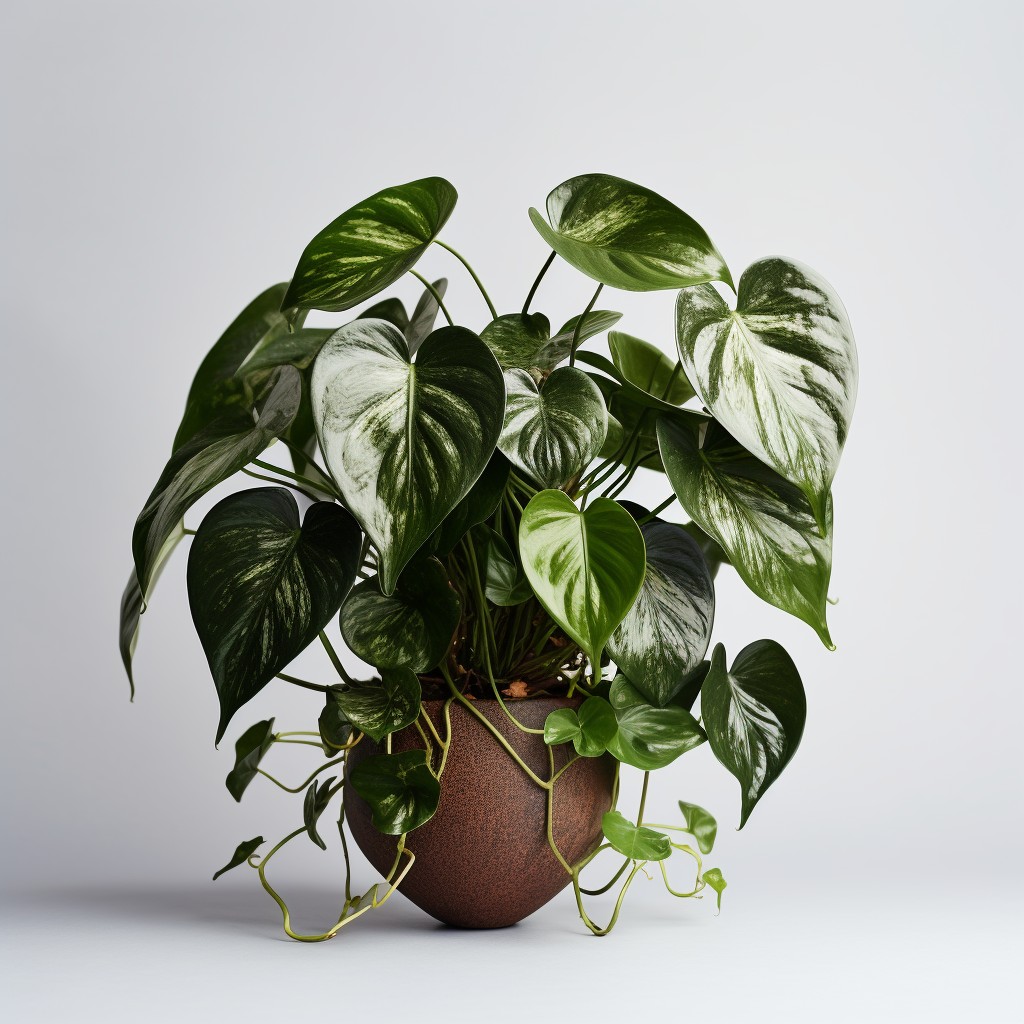
No Responses